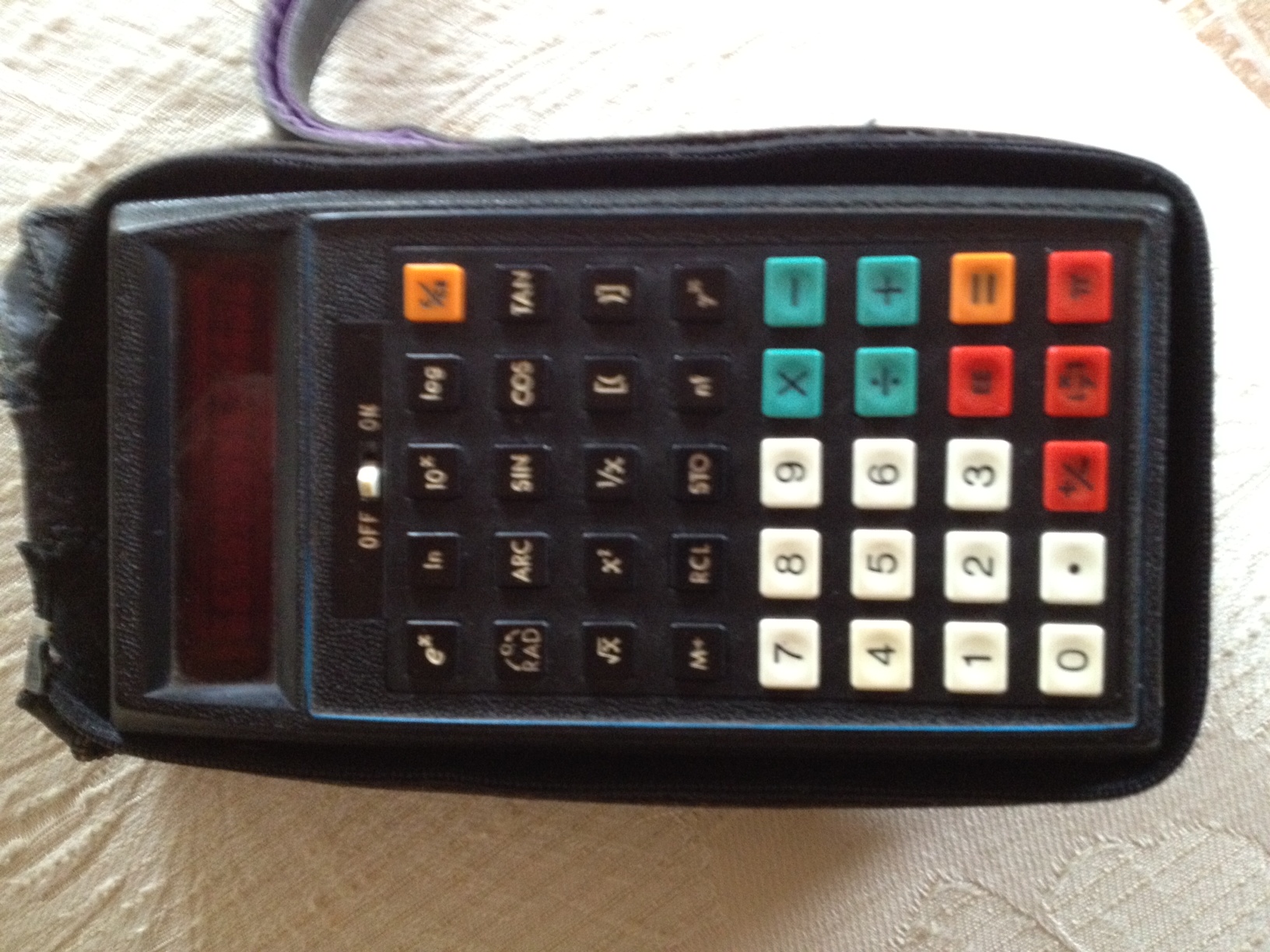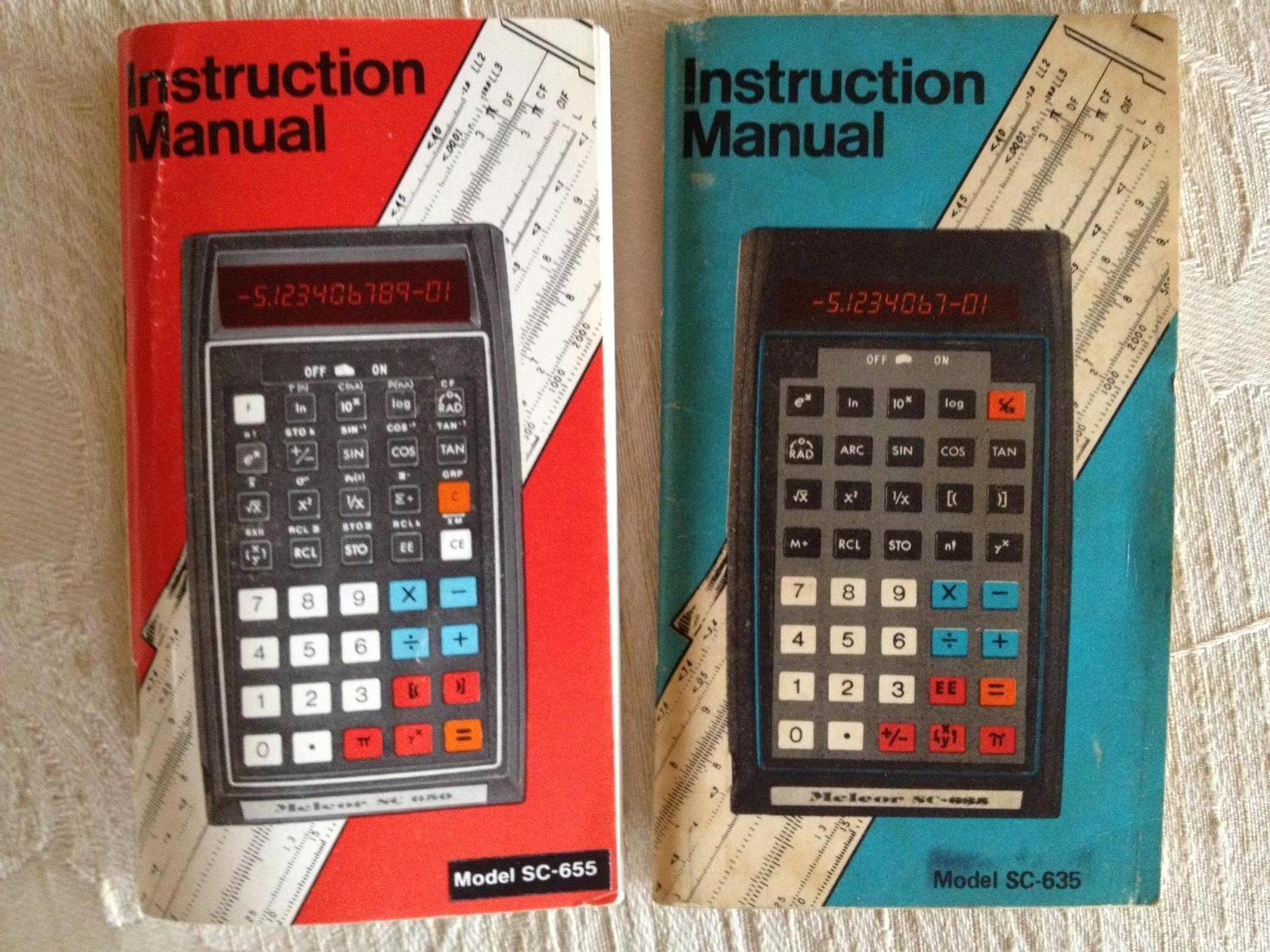- In 1970,
Apostol joined with the Doddenhofs of Wiesbaden, Germany who were engaged in
marketing various products in Germany. They created A&B Elektronics and
began selling simple calculators made by Melcor.
- Melcor
bought much of what was left of a Canadian company, Bowmar, and turned out
inexpensive units in a Farmingdale, Long Island plant. The chips came
primarily from a CMOS plant in Pennsylvania. The financing came from a
Bridgeport, Ct. based SBIC.
- Sales
boomed in Germany and soon Apostol expanded to other european countries,
notably Switzerland, Italy, France, Holland and the UK. He even penetrated
the east german market and eventually into the Soviet Union.
- In 1972
Apostol joined with two businessmen in the UK and together with Jack Tramiel
formed Commodore Business machines already building a business with
calculators in the US.
- The basic
four or five function calculator soon gave way to more complex units and
eventually a full blown scientific calculator based on the extremely coveted
HP Scientific model.
- By 1974,
Apostol was doing over a million dollars in sales in Germany through such
mass marketers as Neckerman and Qwelle. He was buying the parts for Melcor
and receiving the finished product in Germany.
- In 1975,
Apostol paid Melcor over $1 million to produce a new Scientific calculator
using the latest CMOS chip which he obtained at a cut rate. The objective
was to deliver a full featured scientific calculator to the huge student
market in Europe at a price under $200. Up until then the units had been
priced at $400 or more and were beyond many students’ budget. It was to be
called the Melcor 635. The assembly began in April 1975 for delivery to
stores in August in time for the start of the academic year. Pre orders were
obtained and promotions were in place. However, Melcor began delaying their
shipment date.
-
Unbeknownst to Apostol, the Melcor 635 scientific calculator had a
bug in its
trigonometric functions. Because the
CORDIC algorithms used in most calculators cannot compute the inverse
trigonometric functions of
zero, these need to be
hardcoded — and some engineer at
Melcor got it wrong. For any input
other than exactly zero, even for instance 1.0E-99, the calculator worked
correctly; the user simply had to remember not to compute the
arc-cosine of zero. The company discovered this after making 50,000
calculators to be shipped to Apostol. The upshot was an advertisement in
Summer and Fall 1975 issues of such publications as
Scientific American and the MIT alumni magazine headlined 'Somebody
Goofed', offering these calculators, for which a typical retail price at the
time would have been around $99 dollars, for $59.99. It was sold as the
SC-645.
- Melcor was
unable to recover after this debacle and as the competiton heated up with
declining profit margins, Melcor closed and never delivered any calculators
to Apostol nor refunded his $1 million payment.
- A&B
Elektronics closed in 1975.













